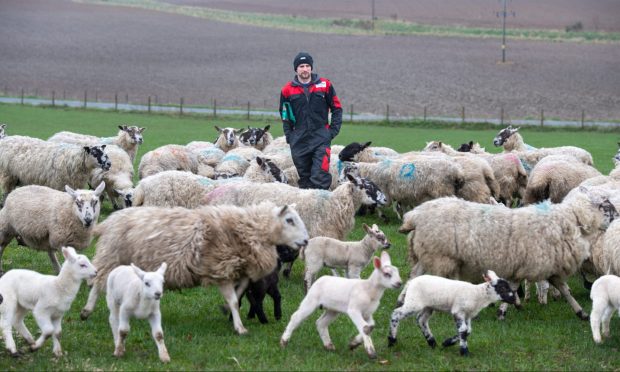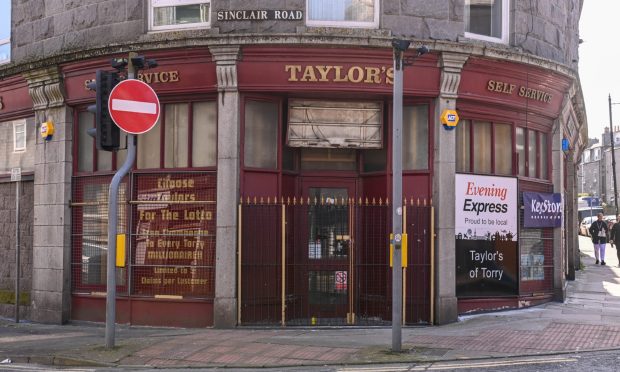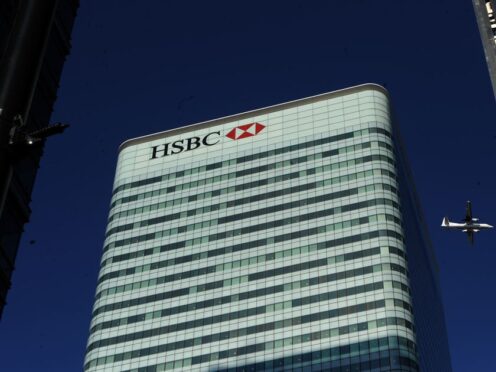Opito chief executive John McDonald is to step down later this year after more than a decade with the energy industry safety and skills body.
Mr McDonald, 65, joined the not-for-profit group, which sets global standards and qualifications for energy sector workers, in 2012 as a director.
He had spells as UK managing director and interim CEO before becoming chief executive in July 2017.
Opito, which has its headquarters in Portlethen, near Aberdeen, said he had steered it through “significant change and transformation” across the industry globally.
Changing with the times
The organisation has become recognised in nearly 60 countries during Mr McDonald’s time at the helm. Annual registrations for its training standards have more than doubled to 480,000.
Recent years have also seen it embrace a digital overhaul, particularly in the wake of the Covid-19 pandemic.
It has modernised operations and the smooth-running of its 230 approved training centres around the world.
Harvard alumnus
Mr McDonald, whose CV boasts an advanced management leadership programme at one of America’s most prestigious universities, Harvard, said it had been “a genuine privilege” to lead the “impactful and well-respected organisation” over the past decade.
He added: “It has been my long-held ethos that building strong and progressive relationships with our partners and stakeholders is the secret to delivering enduring results. From governments and industry to the trade unions and the workforce, Opito is a trusted and credible partner.
“But change is constant and now is the right time for me to make a change.”
Mr McDonald said he would continue over the coming months to work closely with Opito’s leadership team and partners to deliver on priorities including the “energy skills passport”, aimed at creating a “safe and skilled workforce, ready to thrive in a net-zero future.”
Change is constant and now is the right time for me to make a change.”
John McDonald, Opito
Opito has launched a formal search for its next CEO at a critical time for the sector.
Last year the organisation led the publication of an “integrated people and skills strategy” as part of the North Sea Transition Deal.
Further strategic reports are due to be published covering skills demand and development, diversity and inclusion, and skills and data intelligence.
‘Skills passports’ on their way
The crucial “skills passport” scheme is meant to deliver greater flexibility for workers moving between the oil and gas and wind sectors.
It is expected to be up and running in the final quarter of this year.
There are also plans for an aligned training and standards framework across oil and gas, offshore wind, hydrogen and carbon capture, utilisation and storage, making it easier to build cross-industry careers.
The global energy industry has for years faced criticism over a lack of alignment between different training bodies, ultimately affecting the transferability of skills.











